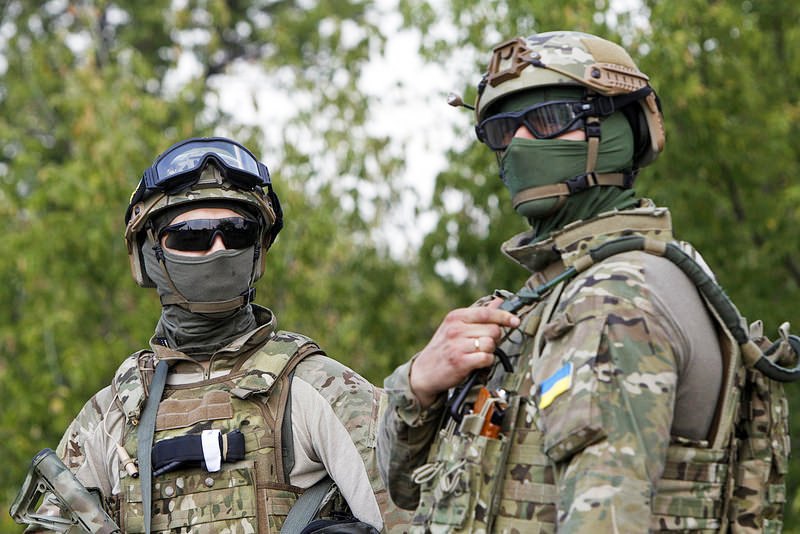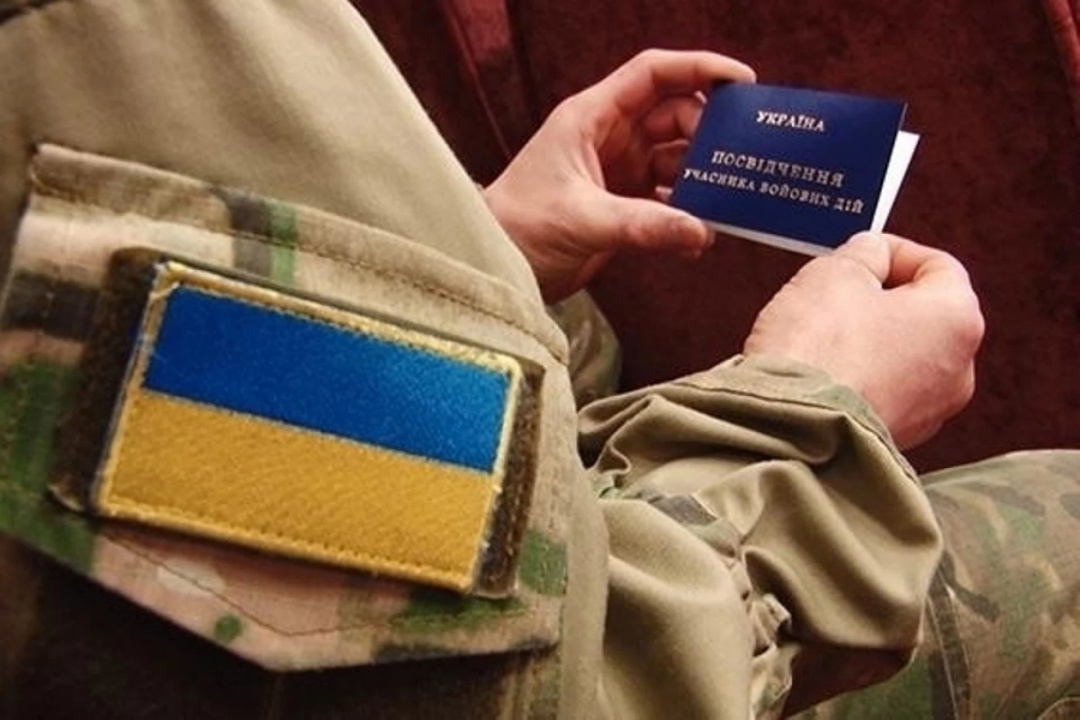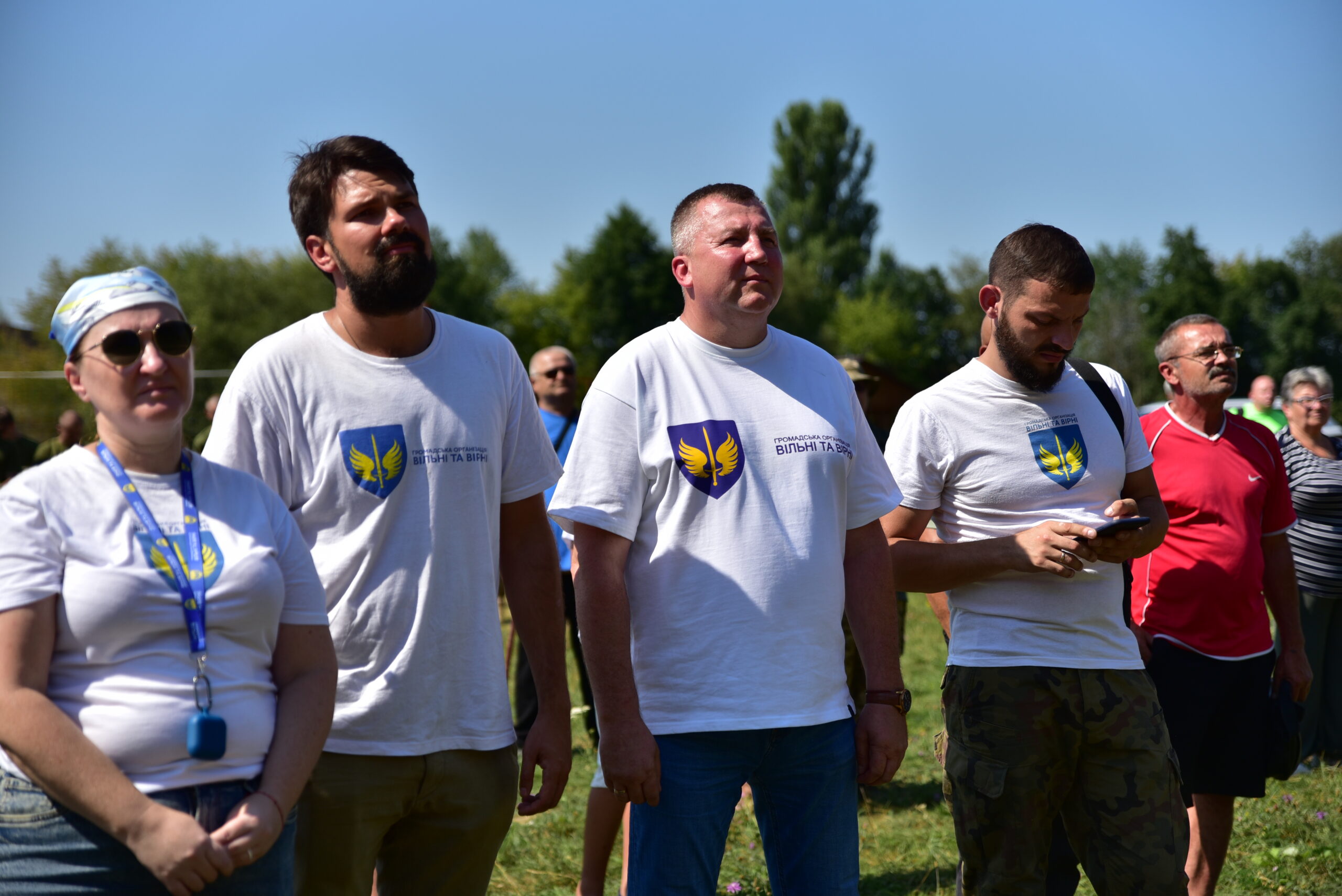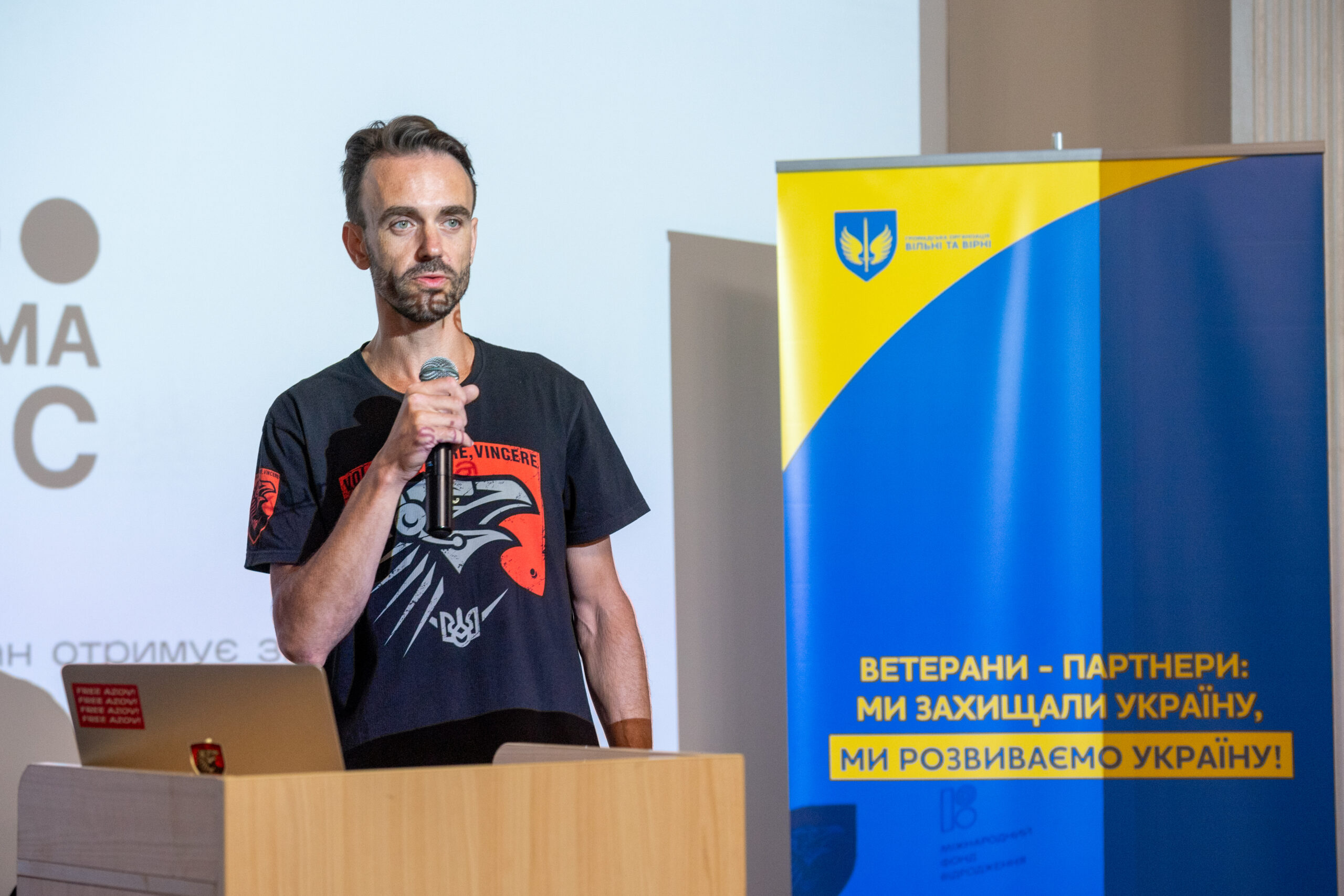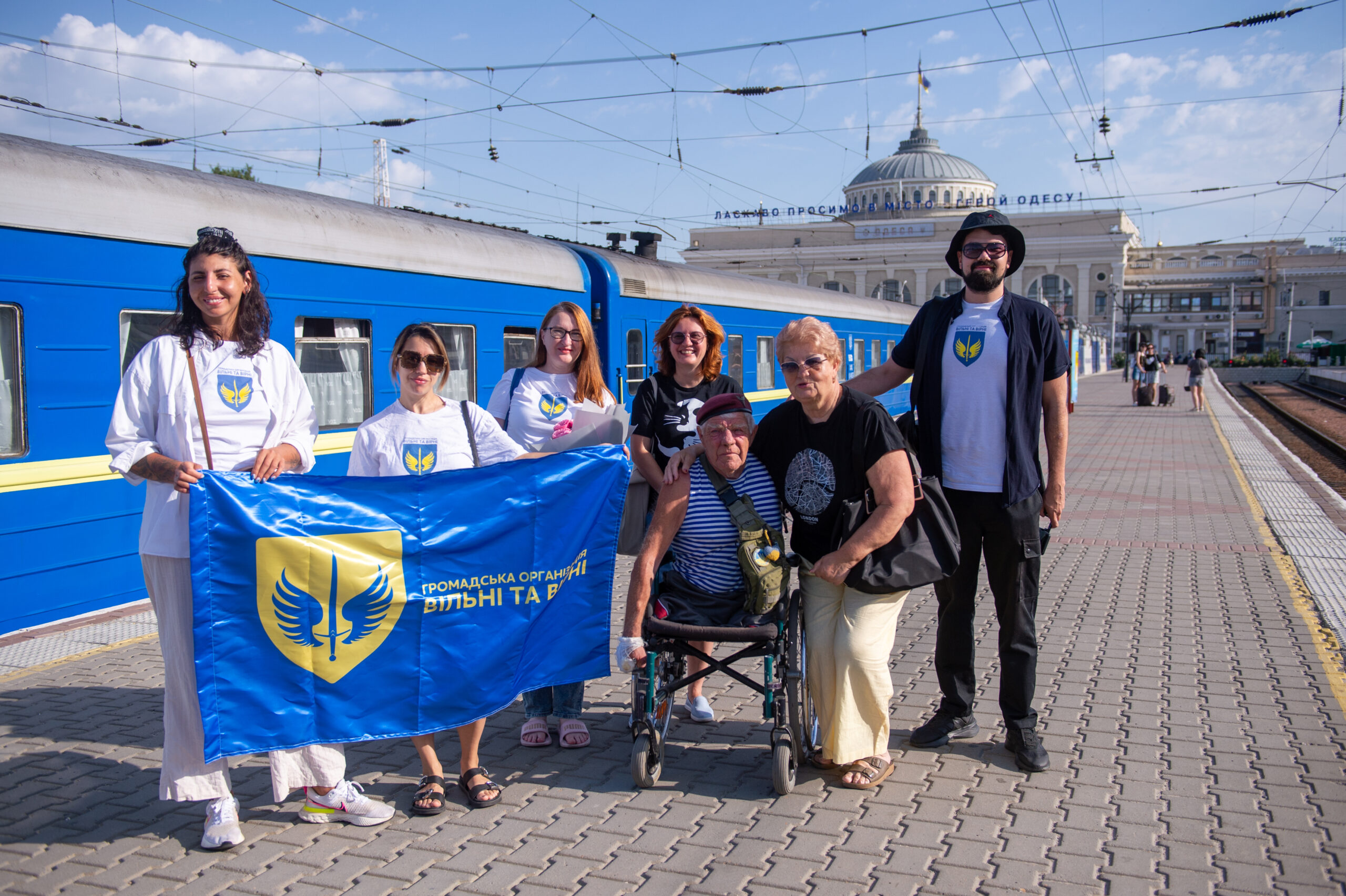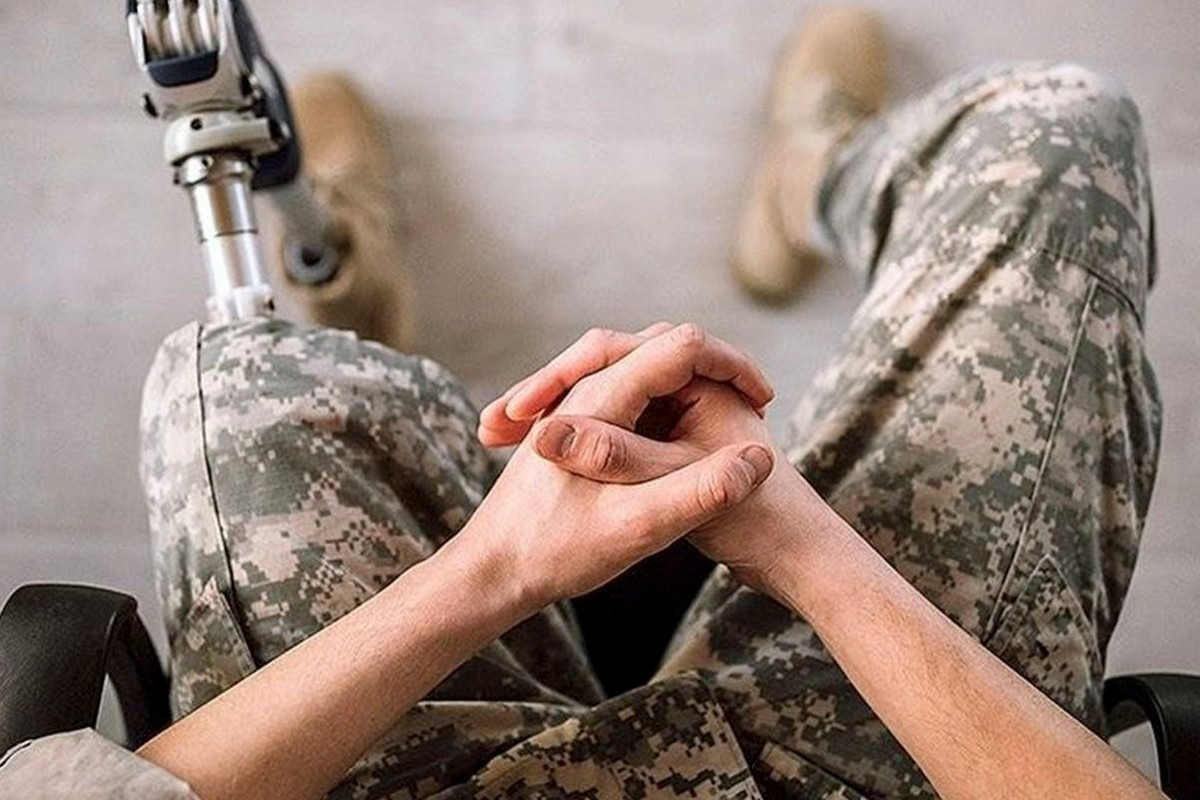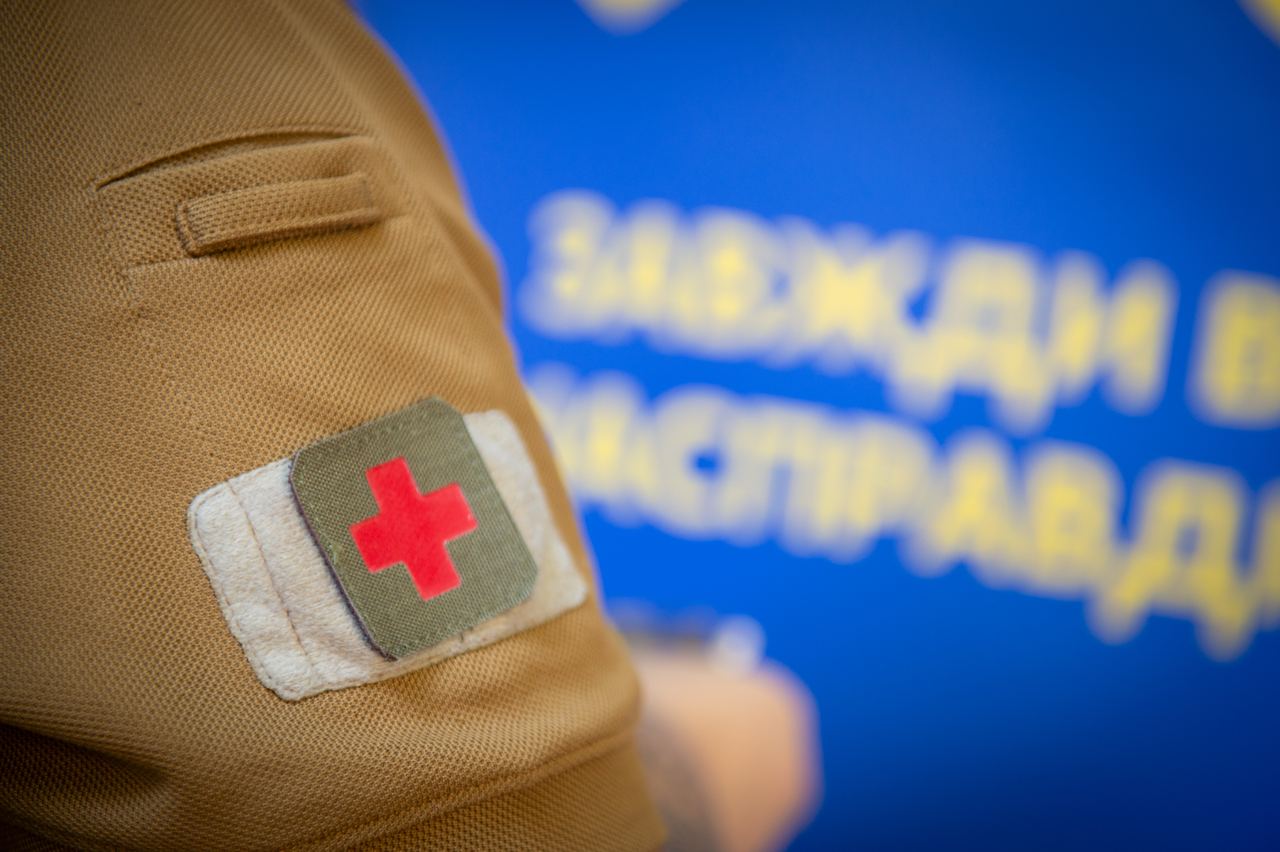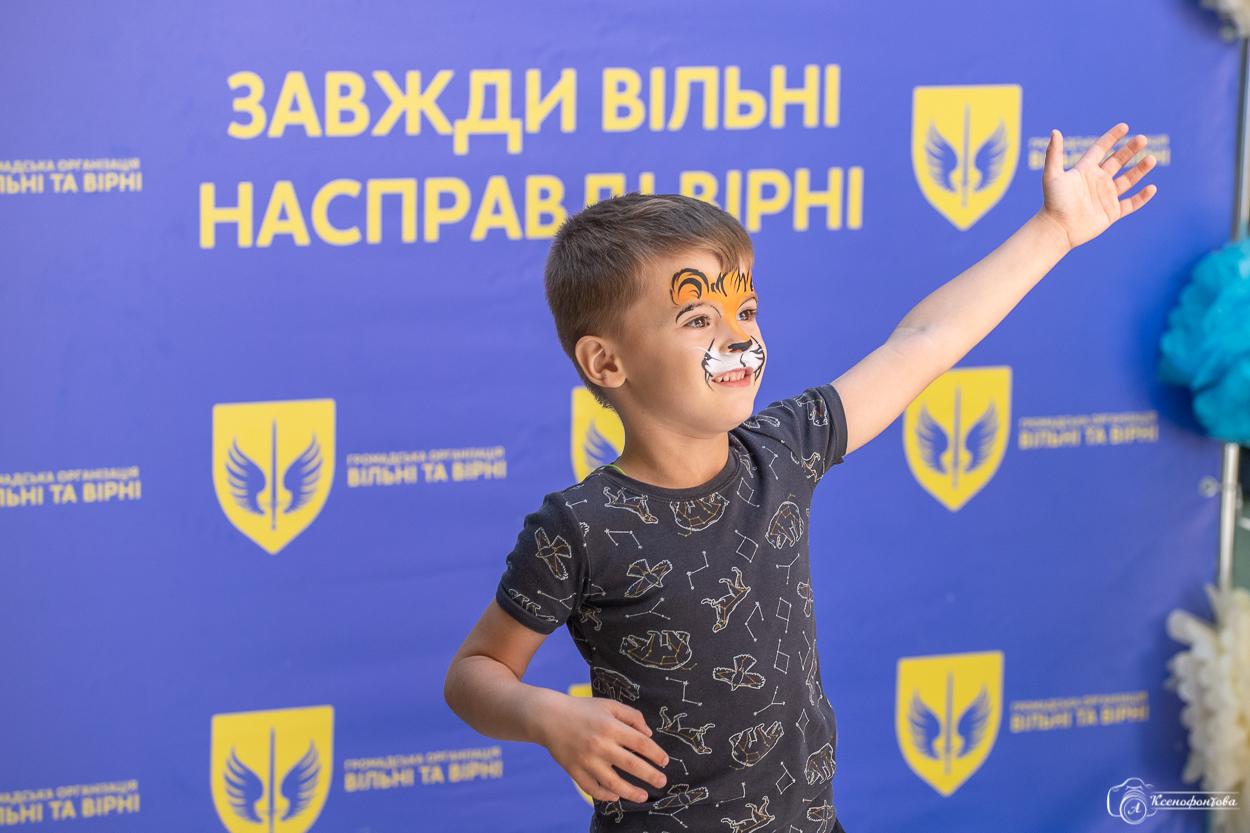Soldiers undergoing rehabilitation in Odesa region competed on modern Cossack seagulls. The event was organized with the support of charitable foundations and was dedicated to the opening of a new rehabilitation center for war victims. The Free and Faithful NGO joined and supported this initiative.
During the opening of the center, a competition was held among military personnel undergoing rehabilitation and adaptive athletes. Dmytro Stepnov, President of the Ukrainian Sea Multisport Federation, said that the boats were originally made in Mariupol, but are now being manufactured in Dnipro.
“We have made additional fasteners for people with disabilities, and the main thing is that guys with injuries or girls can row with the team who do not have injuries. We have a guy who is completely blind, and he rows with us and doesn’t feel the difference between all the athletes,” said Stepnov.
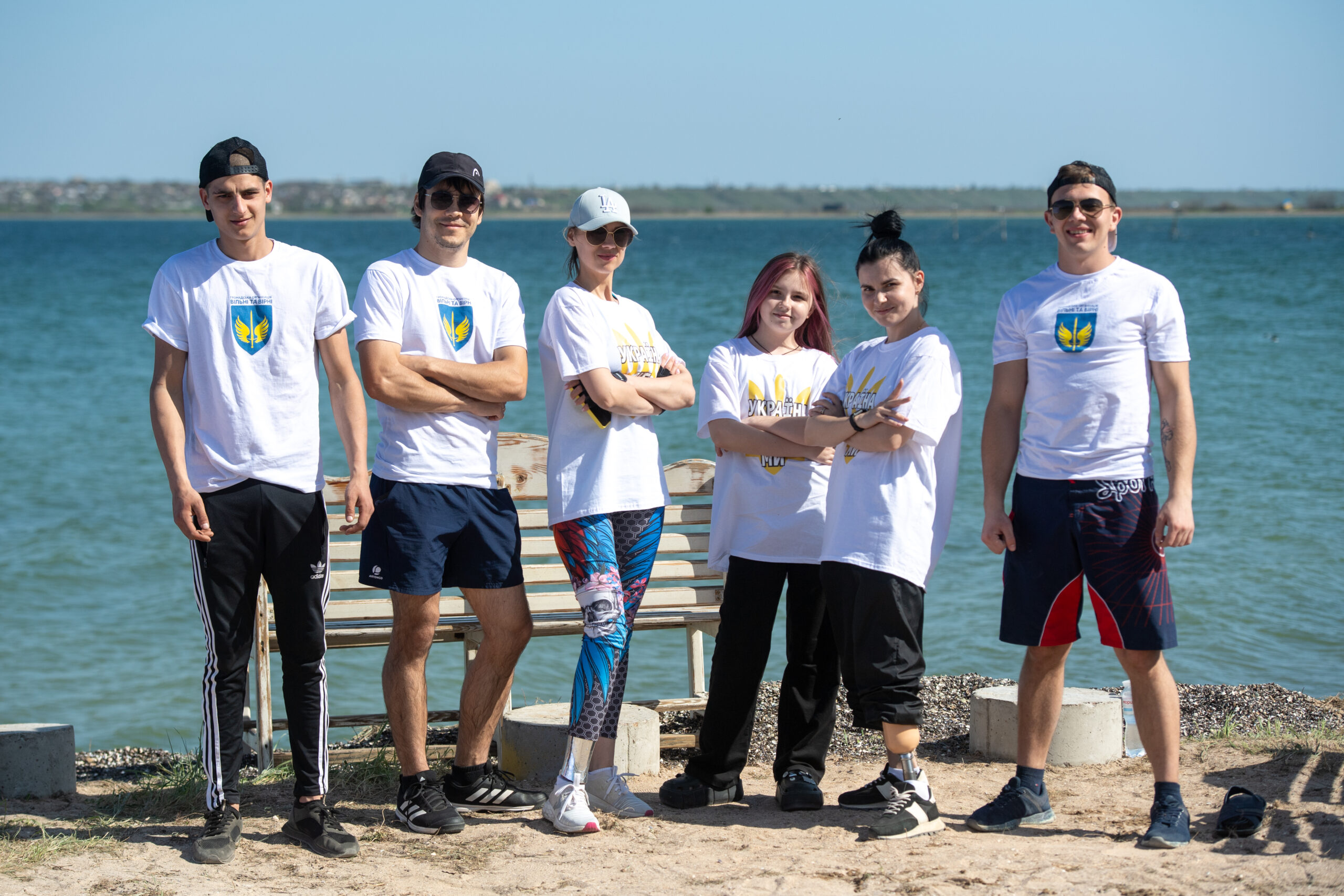
One of the participants in the rowing competition, Oleksandr, his call sign is “Tiger”. The man was wounded while performing a combat mission in Krynky, Kherson region. He told us that his best friend, who was also an athlete and with whom they trained together, died next to him:
“He was a Ukrainian cross-fit champion. The guy was a real Rambo. If I am Jean-Claude Van Dam, he was Rambo. And we were together with him. But, unfortunately, he died in a second.”
Another participant of the competition, Maksym Zhalba, said that he had been preparing for this event for two weeks, making floodplains. He had never practiced this kind of sport before.
We have been working with the victims for about a year now, and about 150 people are undergoing rehabilitation. However, before that, they did not have their own premises and had to make arrangements with different people:
“We asked people to allow us to stay in spas to provide assistance. We have signed letters with hospitals and the opportunity to involve specialists in different areas. Now we will be able to base ourselves. We will base about 30 people, and we plan to have up to 100 people in each rehabilitation program.”

